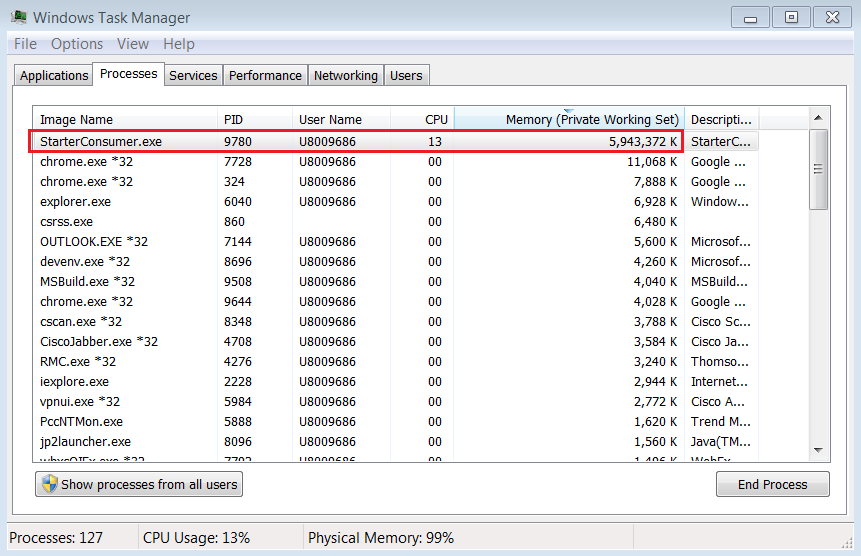After RFA C++ modified example StarterConsumer_BatchView has been running for a period of time, cleanup() halts on rfa::common::EventQueue::destroy()
How long does it take to destroy EventQueue? Is there any timeout?
Is there anything I can do to trace the destroy progress?




